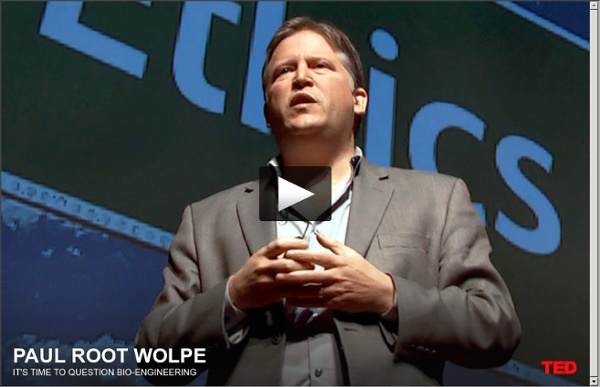



The hidden beauty of pollination: Louie Schwartzberg on TED Live from TED2014 Mysteries of the unseen world: Louie Schwartzberg at TED2014 Louie Schwartzberg is fascinated with exposing the world’s wonders through photography. Three years ago, his talk, “Nature. Beauty. Signals: The speakers in session 9 of TED2014 Communication is fundamental to how we relate and interact. ¿Qué es la Filosofía? - Filosofía Para poder comprender qué es la filosofía, debemos hacer primero un análisis etimológico de la palabra. Filosofía proviene de dos términos griegos: philo (φιλο) amor y sophia (σοφία) sabiduría, traduciéndose comúnmente como “amor a la sabiduría”. Entonces, la filosofía es el amor a la sabiduría. Pero ¿qué necesidad había en el hombre de crear la filosofía? ¿Por qué ese amor a la sabiduría? Para responder esto tenemos que volver en el tiempo y ubicarnos en la Grecia del siglo VII y VI. a.C, momento y lugar en el cuál se originaría este saber tan importante para la historia de la humanidad. En aquél tiempo, encontrábamos una diferencia importante que cabe destacar: la distinción entre el sabio y el que buscaba la sabiduría. La verdad era para los primeros filósofos aquello que daba sentido, lo que no se podía negar, lo que ni los dioses, ni los hombres podían desmentir. La filosofía interpela la realidad, le hace preguntas, plantea problemas y trata de solucionarlos.
Richard Feynman: Physics is fun to imagine Loading … Comment on this Talk 138 total comments In this archival footage from BBC TV, celebrated physicist Richard Feynman explains what fire, magnets, rubber bands (and more) are like at the scale of the jiggling atoms they're made of. One of the best known and most renowned scientists in history, Richard Feynman pioneered quantum mechanics. 13 Way, way out there Curated by TED Travel across the universe (or is it universes?) What to Watch Next Murray Gell-Mann: Beauty, truth and ... physics? 16:02 Posted: Dec 2007 Views 884,787 | Comments 139 What Your Friends are Watching Related Topics We want you to share our Talks! Just follow the guidelines outlined under our Creative Commons license.
Introducción a la Filosofía Moderna - Filosofía Hacia el Siglo XV entramos en la Edad Moderna, la conquista de América, en el año 1492 marca el fin de la Edad Media y el paso a esta nueva edad. Es en este cambio de Edad donde vamos a encontrar un cambio de mentalidad en la sociedad que permitió el surgimiento de una nueva filosofía. Aunque dicho suceso marque el inicio de un nuevo período, en realidad el cambio comienza a darse mucho antes, hacia mediados del Siglo XIV, donde un grupo de escritores, literatos y filósofos empezaron a percibir el cambio y asistieron una paulatina transformación del mundo. Dicho cambio comenzó a ser percibido sobre todo en Italia, donde se dio el movimiento conocido como el Renacimiento, que representó un cambio de la percepción del hombre frente al mundo, la naturaleza y a sí mismo. El Renacimiento fue una etapa que provocó una ruptura con la tradición medieval. Hasta este momento hablábamos de filosofía medieval (Patrística y Escolástica). 1.- Racionalismo 2.- Empirismo